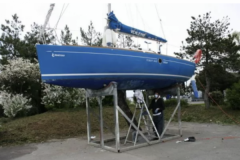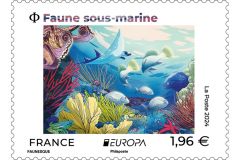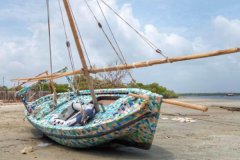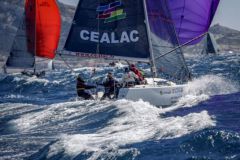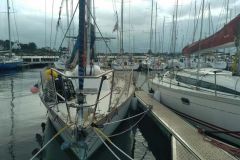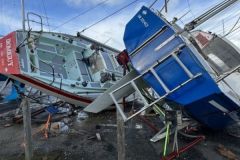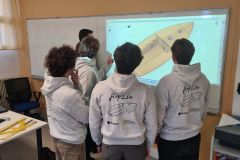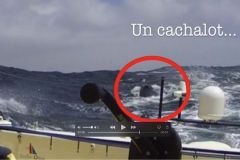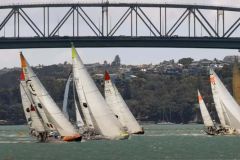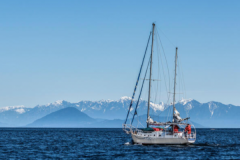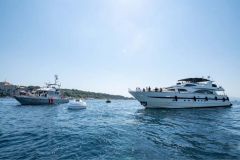Exploratory doctor Jean-Louis Etienne, who has carried out numerous expeditions across the planet, recurs with the Polar Pod expedition, for which he is building a manned oceanographic platform designed to drift into Antarctica in the"howling fifties". Tests of the model (scale 1/41) took place last week at the Ifremer basin, which supports the project, in Brest. They proved satisfactory since the platform is capable of withstanding swells from 7 to 11 metres and has very good vertical stability.
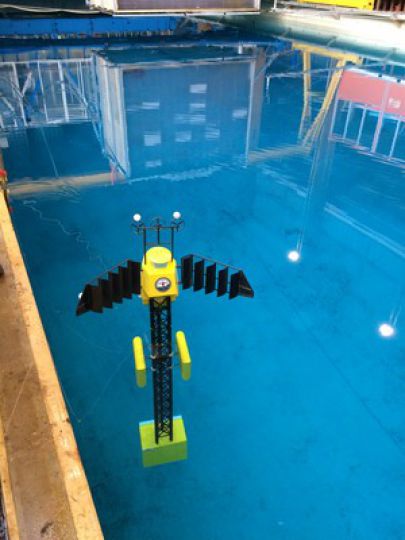 |
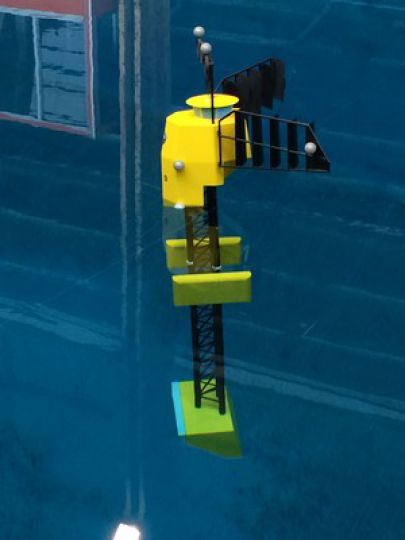 |
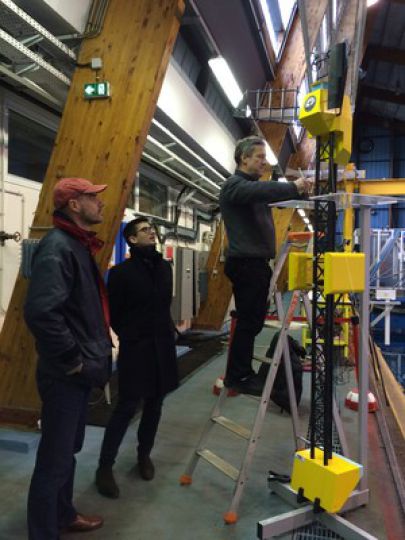 |
Exploring the Southern Ocean
The Southern Ocean, more commonly known as the Antarctic Circumpolar Current, is little known in the scientific world because it has not been studied very much. Its remoteness from shipping areas makes it a forgotten place for oceanographic research, which is also very expensive and therefore rare. The demand for knowledge is therefore high. It is on this observation that Jean-Louis Etienne decided to organize an expedition in Antarctica thanks to a strange marine device with the false airs of satellite, the Polar Pod. This observation platform will make it possible to collect data which will be retransmitted to researchers, oceanographers, climatologists... as well as to the whole team involved in the project. The information collected will be transmitted in real time via image, voice... and will be integrated into the framework of a wider international educational project on Life and Earth Sciences.
Construction of the Polar Pod began in 2014. The sea trials will take place in the Agulhas Current along the south-east coast of South Africa. The start is scheduled for late 2020 to drift one year into the Circumpolar Current around the Antarctic continent. Back in 2022.
The budget of the Polar Pod is about 8 million euros or six times cheaper than the Sea Orbiter project by architect Jacques Rougerie, however, the use will not be the same since the Polar Pod is not an oceanographic ship.
Circumpolar Current
It is the most powerful current in the world with its 24 000 km long and 1 000 km wide and it plays a major role in the climate. Harboring the legendary winds, the"Howling Fifties", it is also a gathering place for many birds and marine mammals. Its cold waters absorb CO2 emitted by human activity, it is the link between the Indian, Atlantic and Pacific oceans and the cold waters of Antarctica. Finally, it serves as a protective barrier against the cold of the polar continent and forms the deep waters of the World Ocean. It is also the planet's main carbon sink.
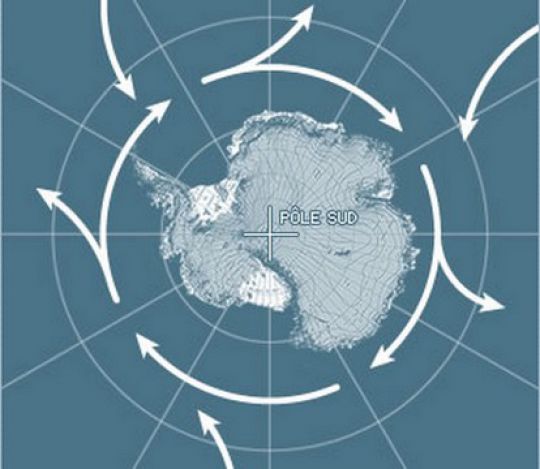
The Polar Pod
The Polar Pod is directly inspired by the FLIP, a platform derived from the American oceanographic fleet but also from the float technology of future large offshore wind turbines. This vertical platform, 100 metres high, weighs 720 tonnes and can withstand the big waves of the"howling fifties". At the crossroads between a satellite and a wind turbine it can withstand the elements for a long time and consumes little energy. 75 metres of structures will be submerged and weighted with 150 tonnes of concrete and the summit will house a nacelle which will accommodate 7 people with 6 months of autonomy. Pulled horizontally, it will straighten automatically by filling the ballast tanks with water. Entirely autonomous, it moves with the currents, at a speed of about 1 knot and the habitat and runs on positive energy. 4 wind turbines of 3.2 kW will produce energy, stored in lithium-ion battery packs and will produce electricity for sensors and measuring instruments, lighting, telecommunications, computers, desalination of water, hot water... Will be embarked on board the Polar Pod four engineers who will collect data for the scientific program, a captain and two watch leaders.
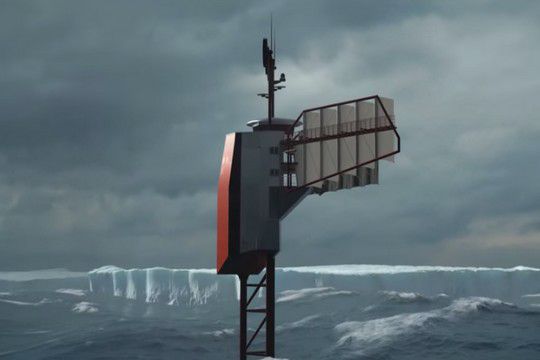
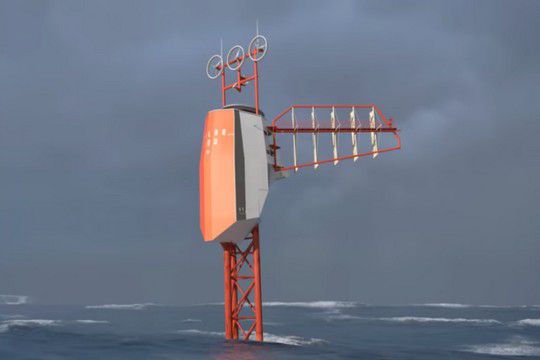
Many official supporters have already reached Jean-Louis Etienne, from the CNRS to the American Scripps Institute but also NASA, CEA..





